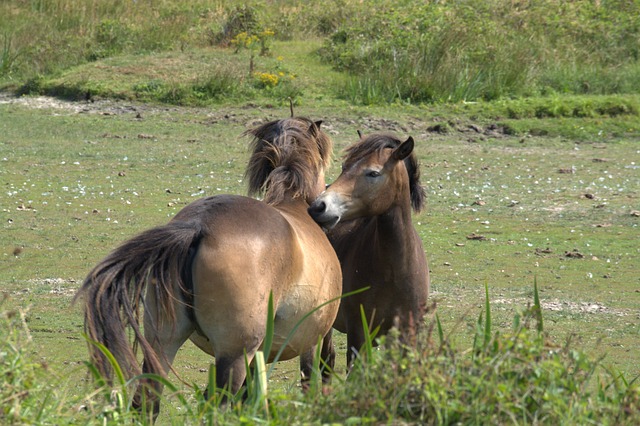Using homegrown ingredients is one of the easiest ways to cook better food (and impress your friends). An entire vegetable patch or fruit orchard might sound intimidating, but growing herbs at home is a great way to get started. Mint plants are the hardiest herb—even a winter frost can’t kill them—so if you think you lack a green thumb, we recommend starting with this forgiving greenery. Whether you grow mint indoors or outdoors, for tea or for cocktails, a mint herb plant is the perfect introduction to growing your own produce. Read on for the best care tips and a growing guide for all types of mint plants.
Common Types of Mint Plants
- Peppermint: Sweet and tangy, peppermint grows best in USDA Hardiness Zones 3 through 11.
- Spearmint: Like your favorite gum flavor, spearmint is refreshing. Grow it in Hardiness Zones 5 to 9 for the best results.
- Chocolate Mint: A cousin of peppermint, this herb’s leaves have a distinct minty-chocolate flavor and aroma. It grows best in Hardiness Zones 5 to 9.
These zones include all but the northernmost and southernmost parts of the United States. If you’re not sure you which zone you live in, check the USDA Plant Hardiness Zone map.
Growing Mint Indoors
Sunlight
A mint herb plant grows best in partial shade. While it thrives in morning sun, the scalding afternoon rays can easily scorch its leaves. For optimal growth, put your mint plant near an east- or west-facing window or in a spot that gets consistent light but direct sun only for a few hours each day.
Water
Like other leafy herbs and houseplants, mint likes for its soil to be moist (but never soggy!). Add more water when the top inch of soil feels dry to the touch. Wilting leaves are a sign that your mint isn’t getting enough water. If it sits in the sun, try watering it in the morning so it has plenty of hydration as the temperatures rise throughout the day.
Soil and Fertilizer
A rich potting soil with plenty of nutrients is ideal for mint. Good drainage is essential too, but focus on the soil’s nutrient content first. During the colder months, you can add plant food or fertilizer once a month to help promote growth.
Temperature and Humidity
Mint plants are hardy and very adaptable, but different kinds of mints do have different preferences. Peppermint is very cold tolerant, whereas spearmint prefers warmer climates. When indoors, no special or specific temperature settings are required for mint plants.
Mint plants can struggle in low humidity. You can increase the humidity by misting your plant between waterings or sitting it on top of a tray filled with pebbles and water. This is especially helpful and might even be necessary during the dry winter months, depending on where you live. Keep an eye on the leaves for signs of dehydration.
Hydroponic Herb Kit
Credit: Terrain
Modern Sprout Gardening Pruners
Credit: Modern Sprout
Soil Care Kit
Now 20% Off
Credit: The Sill
How and When to Plant Mint Outdoors
Whether in a pot or in the ground, mint can grow just as well outdoors as it does in. It’s best to plant mint in the spring, just after the last frost (likely late March to early May, depending on which hardiness zone you’re in). The herb is fast growing, so you won’t have to wait long or allow extra time for the roots to take hold. Because of mint’s quick nature, it’s important to space your plants at least 18 to 24 inches apart. In fact, it’s such an aggressive grower that it’s best to put it in a confined area like a walkway border or an outdoor planter to prevent it from taking over your entire garden.
How to Properly Harvest Mint
Harvest mint leaves of any size by pinching off the stems at the base of the leaves. If you’re looking to harvest more than a few leaves, wait until just before the plant blooms, when the flavor is most intense, then cut the whole plant to just above the first or second set of leaves. Allow the plant to regain some growth before harvesting again.
Mint Plants FAQs
Does Mint Cross-Pollinate?
Yes. If planted close together, different types of mint plants will start to cross-pollinate and sprout hybrid plants. To keep this from happening, grow them in separate containers or garden beds.
How Fast Does Mint Grow?
From seed, it takes only a few months (between two and three, depending on where you live) for mint plants to reach a harvestable size.
Is Mint Easy to Care For?
Yes! Mint plants are incredibly hardy and can survive almost anything. That makes it a great introductory herb or plant for those new to gardening.
Will Mint Plants Survive Over the Winter?
Most likely, yes. Mint plants are hard to kill, even through winter frosts. If they’re planted outdoors, trim your mint plants close to the ground and cover them with mulch or leaves. Leave your plants alone until springtime, then continue your regular care routine. Your mint herb plants should sprout right back up.
Kate McGregor is House Beautiful’s SEO Editor. She has covered everything from curated decor round-ups and shopping guides, to glimpses into the home lives of inspiring creatives, for publications such as ELLE Decor, Domino, and Architectural Digest’s Clever.




